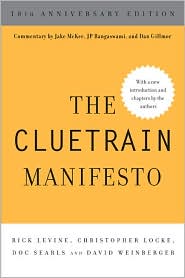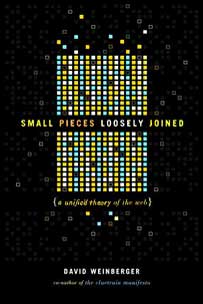July 10, 2009
Internet freedom, but not equality
Sens. Arlen Specter, D-Pa., and Sam Brownback, R-Kan., secured $30 million in federal funding for the State Department’s efforts to promote Internet freedom as part of the agency’s fiscal year 2010 spending bill. The program must be approved by the full Senate and the House before it makes its way to President Obama’s desk. The money would promote widespread, secure Internet use by individuals residing in countries practicing repressive Internet monitoring, censorship and control. The outlay is “a low-cost method of allowing people, especially those living under repressive regimes, to access all-source, uncensored, unfiltered information,” the senators said in a Friday press release.
“Tearing down these Internet cyberwalls can match the effect of what happened when the Berlin Wall was torn down,” Specter said. “This funding seeks to enable freedom of thought, expression and the unimpeded flow of ideas and information, and I am pleased my colleagues have recognized the program’s importance.” Brownback added the battle being waged in the streets of Iran and China is also being fought on micro-blogging site Twitter, social network Facebook and other platforms. “This is a pivotal moment for people living in oppressive regimes. The best way to ensure their ability to communicate and share their story with each other and the world is to keep the Internet open,” he said.
The House passed a State spending bill Thursday that did not include Web freedom funding but Energy and Commerce Committee member Mary Bono Mack, R-Calif., earlier this week urged lawmakers to hold a hearing on the role of the Internet in giving a voice to those in repressive countries. Rep. Chris Smith, R-N.J., who in the 109th Congress chaired a high-profile Internet freedom hearing of the House subcommittee that oversees global human rights, has repeatedly introduced legislation that would prevent U.S. tech firms from working with nations that capture and convict citizens for engaging in democracy promotion and human rights advocacy online.
The NY Times reports on danah boyd’s kick-butt keynote at PDF09, in which she pointed to the class divisions in the Net:
Is the social-media revolution bringing us together? Or is it perpetuating divisions by race and class?
Many of us would like to believe the Internet is a force for unity, but danah boyd, a social-media researcher at Microsoft Research New England and a fellow at Harvard Law School’s Berkman Center for Internet and Society, thinks we’re deceiving ourselves.
Speaking last week at the Personal Democracy Forum, an annual conference that explores how technology is changing politics, Ms. boyd asked a packed audience of activists, political operatives, entrepreneurs and journalists to raise their hands if they use Facebook. Almost every hand in the place went up. Then she asked who uses MySpace, and barely a hand was seen.
How could that be? Sure, Facebook is growing much faster. But MySpace is far from dead. In May, Web-traffic tracker comScore reported that Facebook and MySpace are neck and neck in terms of U.S. visitors, with 70.28 million that month for Facebook, up 97% from a year ago, and 70.26 million for MySpace, down 5% from last year.
vMs. boyd got some answers from group of people she’s been hanging out with over the last four years: U.S. teens. During the 2006-2007 school year, her conversations with high-school students began showing a trend of white, upper-class and college-bound teens migrating to Facebook–much like the crowd in the conference hall has. Meanwhile, less-educated and non-white teens were on MySpace. Ms. boyd noted that old-style class arrogance was also in view; the Facebook kids were quicker to use condescending language toward the MySpace kids.
“What we’re seeing is a modern incarnation of white flight,” Ms. boyd said. “It should scare the hell out of us.”
More in the article, including research by Eszter Hargittai…








